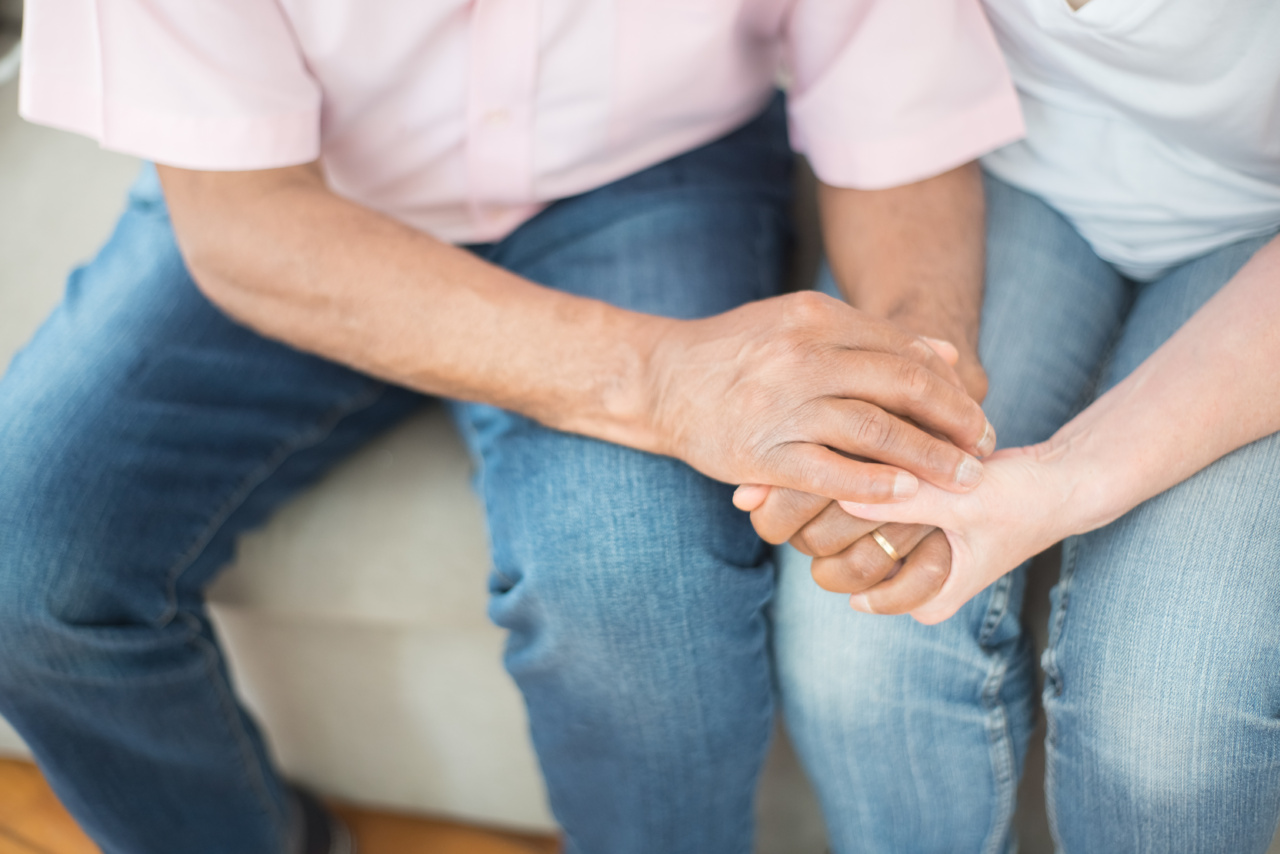Endometriosis is a painful gynecological condition affecting millions of women worldwide. It occurs when the tissue lining the uterus grows outside of the uterus, and causes pain and discomfort.
Coping with endometriosis pain can be a challenge, but there are various ways to manage the pain and maintain quality of life.
1. Pain Medication
Pain medication can be prescribed by a healthcare provider to manage endometriosis pain. Pain relief medication, such as Ibuprofen and paracetamol, can be used to relieve mild to moderate pain.
In more severe cases, prescription pain medications such as opioids may be prescribed. However, opioids should be used with caution as they can be addictive and have side effects.
2. Hormonal Treatment
One of the most common treatments for endometriosis pain is hormonal treatment. Hormonal medications can be used to regulate the menstrual cycle and reduce the growth of endometrial tissue.
Some of the hormonal treatments include birth control pills, Depo-Provera injections, and gonadotropin-releasing hormone (GnRH) agonists.
3. Surgery
Surgery may be recommended in severe cases of endometriosis where other treatments have not been successful. Laparoscopy is a minimally invasive surgical procedure that can reduce the amount of endometrial tissue in the affected area.
In more severe cases, a hysterectomy may be necessary.
4. Heat Therapy
Heat therapy can help to reduce the pain associated with endometriosis. A heating pad can be used to provide warmth to the affected area, which can help to relax the muscles and reduce pain.
Taking a warm bath can also help to relieve pain and discomfort.
5. Exercise
Exercise can be a useful method of coping with endometriosis pain. Low-impact exercises such as walking, swimming, and yoga can help to reduce stress and tension in the body.
Regular exercise can also boost mood and energy levels, which can help to improve overall quality of life.
6. Relaxation Techniques
Relaxation techniques such as deep breathing exercises, meditation, and tai chi can be helpful in managing endometriosis pain. These techniques can help to reduce stress and tension in the body, which can help to reduce pain and discomfort.
7. Nutritional Changes
Changes in diet and nutrition can also help to manage endometriosis pain. A diet rich in fruits, vegetables, and whole grains can help to reduce inflammation in the body, which can help to reduce pain.
Foods high in essential fatty acids such as salmon, flaxseed, and walnuts can also be helpful in managing pain.
8. Alternative Therapies
Alternative therapies such as acupuncture, chiropractic care, and massage can also be helpful in managing endometriosis pain. These therapies can help to reduce stress and tension in the body, which can help to reduce pain and discomfort.
9. Support Groups
Support groups can be helpful in coping with endometriosis pain. Connecting with others who are going through similar experiences can offer emotional support and provide helpful tips for managing pain and discomfort.
Support groups can also offer a sense of community and help to reduce feelings of isolation.
10. Self-Care
Finally, self-care is important in managing endometriosis pain. This can include getting enough sleep, practicing good hygiene, and taking time for self-care activities such as reading, taking a bath, or watching a movie.
Prioritizing self-care can help to reduce stress and tension in the body, which can help to reduce pain and discomfort.




























